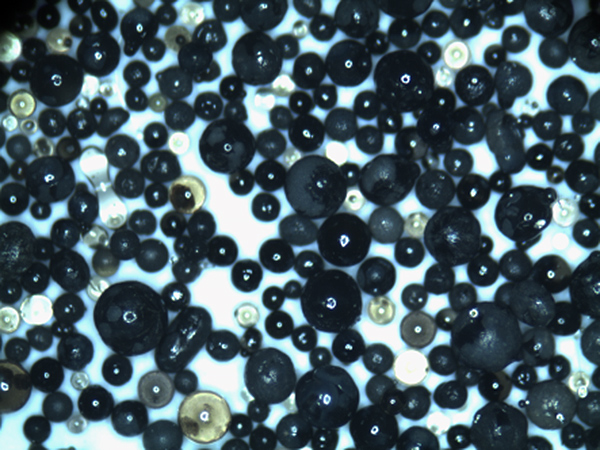 Moreover, sand casting offers remarkable flexibility in terms of design
Moreover, sand casting offers remarkable flexibility in terms of design
Moreover, sand casting offers remarkable flexibility in terms of design
Moreover, sand casting offers remarkable flexibility in terms of design sand casting conclusion. It can accommodate last-minute changes without incurring significant costs, which is particularly advantageous in prototyping and low-volume production. The reusable nature of the sand also contributes to its economic viability, as it can be recycled multiple times.
However, like any manufacturing process, sand casting has its limitations. Accuracy and surface finish are often not as precise as other casting methods, and there can be issues with porosity and internal defects. These challenges, though, have been mitigated through advancements in sand composition, pattern materials, and pouring techniques.
In conclusion, sand casting, despite its age, remains a crucial part of the manufacturing landscape. Its combination of simplicity, versatility, and cost-effectiveness makes it a preferred choice for many industries. As technology continues to evolve, it is expected that sand casting will further refine, becoming even more efficient and precise while preserving its inherent charm and practicality. This age-old method stands as a symbol of human ingenuity and a testament to the enduring power of tradition in a rapidly changing world.
Post time:Jun . 23, 2024 00:38
sand casting conclusion. It can accommodate last-minute changes without incurring significant costs, which is particularly advantageous in prototyping and low-volume production. The reusable nature of the sand also contributes to its economic viability, as it can be recycled multiple times.
However, like any manufacturing process, sand casting has its limitations. Accuracy and surface finish are often not as precise as other casting methods, and there can be issues with porosity and internal defects. These challenges, though, have been mitigated through advancements in sand composition, pattern materials, and pouring techniques.
In conclusion, sand casting, despite its age, remains a crucial part of the manufacturing landscape. Its combination of simplicity, versatility, and cost-effectiveness makes it a preferred choice for many industries. As technology continues to evolve, it is expected that sand casting will further refine, becoming even more efficient and precise while preserving its inherent charm and practicality. This age-old method stands as a symbol of human ingenuity and a testament to the enduring power of tradition in a rapidly changing world.
Post time:Jun . 23, 2024 00:38
Next:Creating Artistic Designs with Cerabead Sand A Unique Crafting Experience
